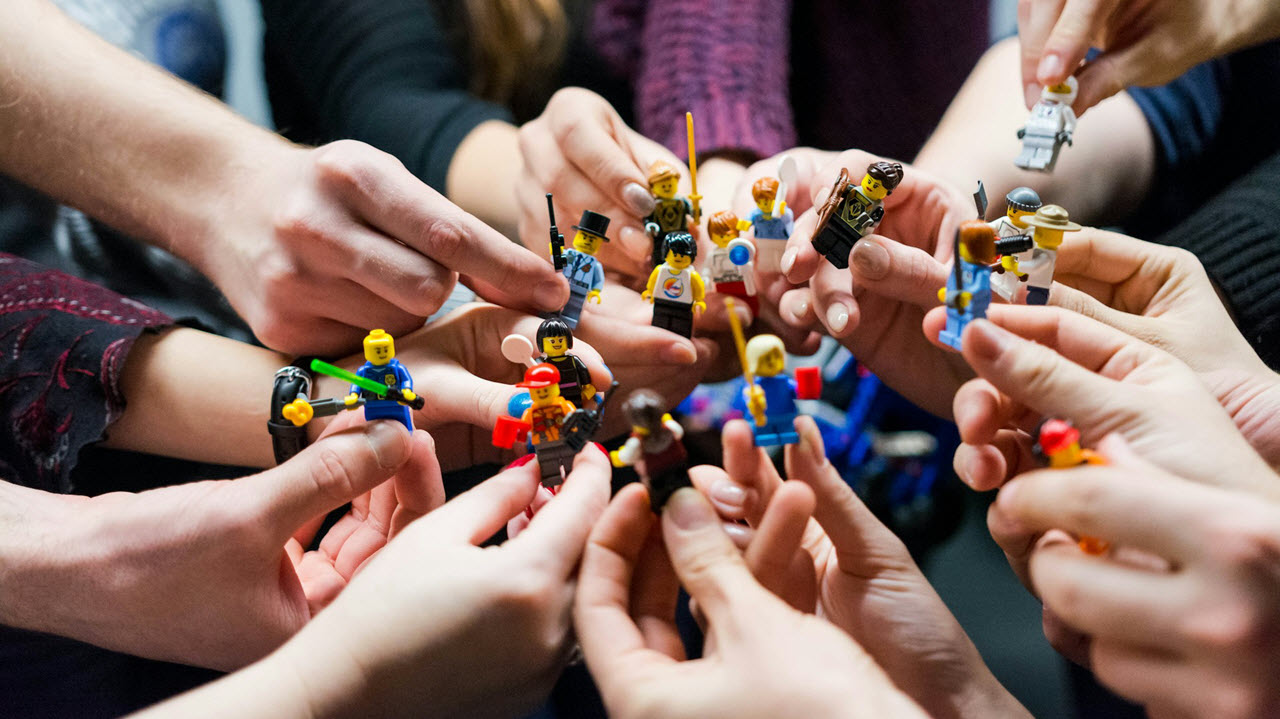Part 1 of this article described the critical nature of change readiness, and how it is an underemphasized phase of change adoption. It introduced keys to boosting readiness to change including well-planned organizational communications strategies, the manager’s role as a change agent, and masterful coaching on the part of managers. Part 2 provides insights into the various aspects of change in which coaching is important to foster success.
GRIEF
Understanding the stages of grief is a helpful lens when dealing with the loss of the past and letting go of our comfort zone. Denial, anger, bargaining, depression, and eventually acceptance are all potential phases our employees may experience during the change process. Safely allow employees to grieve the past and the status quo. To start a conversation around grief, consider “How does this change feel like a loss for you?”
CHANGE ADOPTION CURVE
Some of your team will be early adopters while others will resist or be in the laggard category. Use the early adopters as ambassadors to help bring others along. In the meantime, do not villainize laggards. Listen to and respect their story. This conversation may begin with “How ready are you to adopt this change?” “Why?”
8 FACTORS OF CHANGE READINESS
At this time, we should also address flexibility, adventurousness, confidence, optimism, passion, resourcefulness, tolerance for ambiguity, and resilience at the individual level (Larson, 2016). This is done through observation, your experience with your team, through conversation and even formal assessment. When gaps are identified, co-create an action plan to boost readiness and preparedness for the impending change. This conversation may start with “Which of these readiness factors do you struggle with the most?”
FORCE-FIELD
it’s important to consider Lewin’s Force-Field analysis individually. Identify the personal drivers and barriers to change for each person. Respect their past and give them a place and time to vent safely –this will help mitigate complaining to others, which contributes to change resistance. One way to start this dialog is “What are the important drivers for this change?” and “What are the barriers to this change for you personally?”
FEELINGS
When we think of individuals adopting change, Dan Heath suggests putting feelings first. He asserts that people see something, that makes them feel something, that gives them the drive to change. This idea of putting feelings first is a means of unfreezing from the status quo. Ask yourself what my team needs to see so they can feel something that makes them want to change. To begin this dialog, consider “What feelings are you experiencing as a result of this impending change?”
SOCIAL IDENTITIES
Social identity assumes that people are motivated to explore group membership to help define themselves and to create a positive self-image (Clements, Kinman, Leggetter, Teoh, & Guppy, 2015). An individual may be a member of more than one social group (Maxwell et al., 2013; Pate et al., 2009), so when it comes to change readiness work toward adding to, not taking away, identity. This conversation could begin with “How is this change affecting who you are as a person?”
INVOLVEMENT
We can promote readiness by communicating with and involving our team in the decisions surrounding the change (Straatmann et al., 2016). One simple role that employees can assume is that of change ambassador. Even employees who are resistant may find themselves embracing change if they are asked to play a part. Other roles may include being on the implementation team or becoming a communications specialist. Don’t forget to provide training to elevate needed skills. One way to start this conversation might be, “What role do you want to play in this change?”
SUMMARY
Since all change is ultimately personal, individual readiness for change is boosted when we co-construct action plans through coaching. Taking the time to coach through mourning the loss of the status quo, personal barriers / drivers to change, finding emotional connections, fostering social identities and the 8 factors of change readiness can promote change adoption. Finding ways in which employees can be involved in implementing change is also critical. This allows employees to be more empowered and gives them a stake in the change.
References
Clements, A. J., Kinman, G., Leggetter, S., Teoh, K., & Guppy, A. (2015). Exploring commitment, professional identity, and support for student nurses. Nurse Education in Practice. doi:10.1016/j.nepr.2015.06.001
Heath, Dan. (Sep 16, 2010) Dan Heath: Want Your Organization to Change? Put Feelings First. Fast Company. Retrieved from https://www.youtube.com/watch?v=JhBzxy7CneM
Larson, J. A. (2016) Organizational and process reengineering: Approaches for health care transformation. CRC Press.
Maxwell, E., Baillie, L., Rickard, W., & McLaren, S. (2013). Exploring the relationship between social identity and workplace jurisdiction for new nursing roles: A case study approach. International Journal of Nursing Studies, 50(5), 622-631. doi:10.1016/j.ijnurstu.2012.10.015
Pate, J., Beaumont, P., & Pryce (2009). Organisations and the issue of multiple identities: Who loves you baby? VINE: The Journal of Information & Knowledge Management Systems, 39(4), 319. http://dx.doi.org/10.1108/03055720911013625
Straatmann, T., Kohnke, O., Hattrup, K., & Mueller, K. (2016). Assessing Employees’ Reactions to Organizational Change: An Integrative Framework of Change-Specific and Psychological Factors. The Journal of Applied Behavioral Science, 52(3), 265-295







